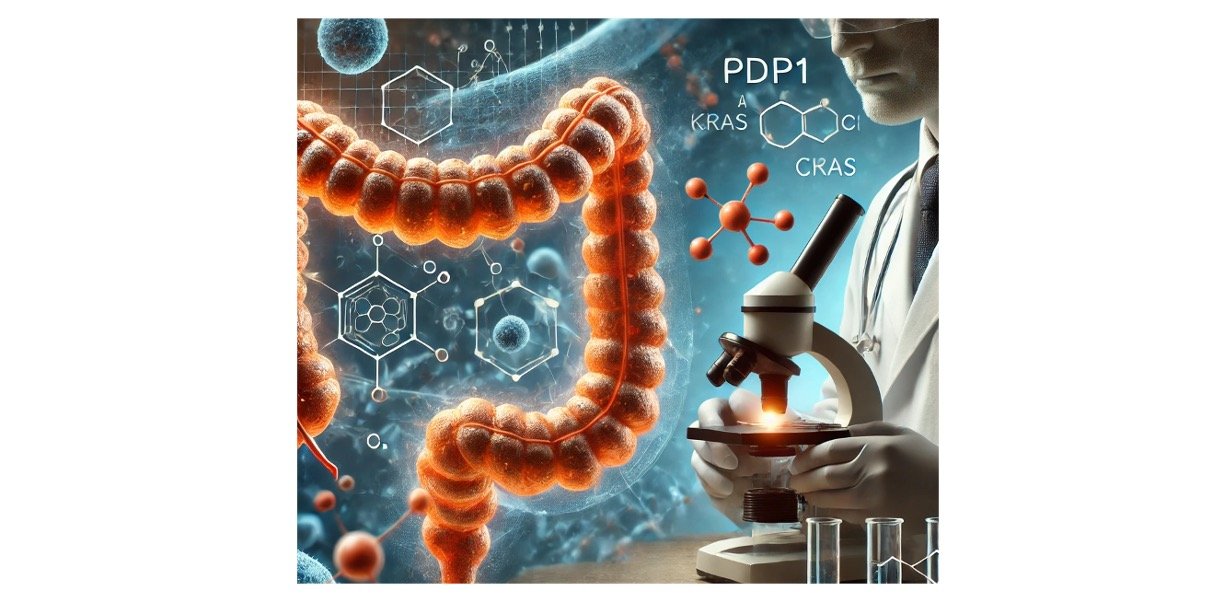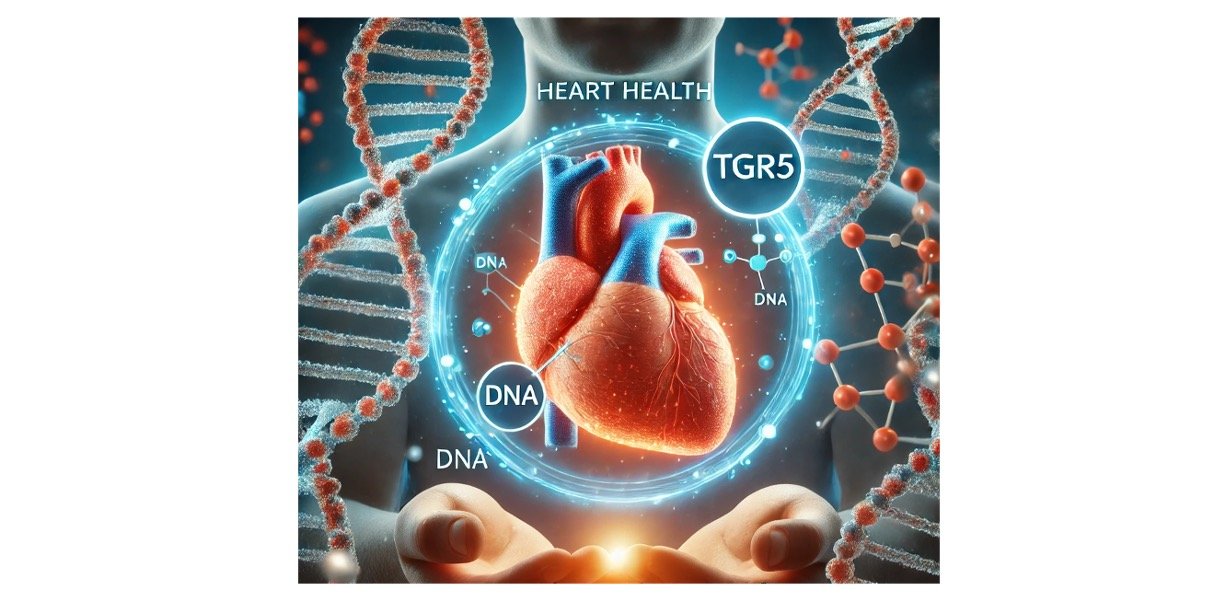Table of Contents
Facilitated Diffusion Definition
The transport of substances from their higher concentration to lower concentration with the help of any transport molecule is known as facilitated diffusion. In facilitated diffusion, the substances move across a biological membrane along the direction of their concentration gradient. It doesn’t require chemical energy.
There are some common examples of living processes that require facilitated diffusion for their completion. These biological processes include amino acid and glucose transport, gas transport, and ion transport.
Facilitated diffusion has great significance because it balances the transport of molecules from the plasma membrane. The plasma membrane or cell membrane is an outermost covering of cells that is selectively permeable hence it only allows selective molecules to transport through the membrane.
It can be defined as following- “The passive movement of substances, across the plasma membrane by the help of some transport proteins found in the cell membrane.”
Facilitated Diffusion Etymology
The term facilitated diffusion is consisting of two words where facilitated came from the Latin word facilis, meaning “make” and the word diffusion meaning “a pouring fort”. Facilitated diffusion is also known as passive-mediated transport.
Characteristic Features of Facilitated Diffusion
Cellular transport is of two types- Active transport and passive transport. Facilitated diffusion is a type of passive transport where substances move from their higher concentration to lower concentration. This concentration difference creates a gradient that encourages substances to constitutionally move and to distribute between two areas to achieve equilibrium.
Facilitated diffusion does not require chemical energy because it directs movement from higher to lower concentrations. So, the process completes with the kinetic energy of the cell. The process differs from other types of passive transport due to the assistance of transport proteins while other passive transport does not require any transport protein.
Facilitated Diffusion Diagram

Facilitated Diffusion Mechanism
The plasma membrane is composed of a lipid bilayer which regulates the passage of molecules across the membrane. The hydrophobic region of the membrane is located outwards and thus it prevents polar (hydrophilic) molecules to cross the membrane directly. However, the non-polar or hydrophobic molecules can easily diffuse through the membrane along with their concentration gradient.
Thus large polar molecules take on certain membrane proteins like channels and carriers to diffuse through the plasma membrane.
Now facilitated diffusion can be categorized into different types based on membrane proteins engaged.
E.g.- Facilitated diffusion by channel proteins- It is a type of diffusion that uses certain membrane proteins that act as a pore in the lipid bilayer. The most common example of channel proteins is transmembrane channels which form by protein complexes that span across the plasma membrane.
These channels help several charged ions to be transported across the plasma membrane. Besides channels, there are some other proteins like aquaporins, which are also integral membrane proteins involves in the transport of water molecules.
Another example of proteins involved in facilitated diffusion is carrier proteins. Carrier proteins can transport the larger molecules by changing their conformation during the transportation of molecules across the membrane (e.g. permeases).
Facilitated Diffusion Examples
i. Glucose and Amino Acid Transport
Glucose is a large polar molecule that is transported by the process of facilitated diffusion. Glucose transporters are types of carrier proteins that mediate the transport of glucose across the lipid bilayer. The glucose taken in the diet is absorbed by the small intestine by active transport.
In the bloodstream it is released via facilitated diffusion and other body organs, cells also take glucose vias facilitated diffusion. Similarly, amino acids are also a type of biomolecules that moves from the bloodstream into the cell by facilitated diffusion.
ii. Ion Transport
The charged ions cannot diffuse through the plasma membrane directly due to the charge of those ions. Thus, these ions are also to be transported by facilitated diffusion. Some common examples of proteins are sodium ions, calcium ions, potassium ions.
Facilitated Diffusion vs Active Transport
Active transport is a type of transport that also needs a concentration gradient to complete the process. Ions, sugars, and salts can be transported by any of the transportation methods. Both the methods use transport vehicles for transport. However, there are some differences between facilitated diffusion and active transport. The major difference is the direction of transport.
Facilitated diffusion transports the substances from their higher concentration to lower concentration whereas Active transport facilitates the flow of substances from lower to higher concentration. This against the concentration gradient movement of substances requires chemical energy in the form of ATP. facilitated diffusion does not require chemical energy.
Simple Diffusion vs Facilitated Diffusion
Both are the type of passive transport where substances move along with their concentration gradient. The processes differ in the way of transporting molecules across the membrane. There are some transport proteins required in the process of facilitated diffusion to transport substances whereas simple diffusion, does not require any transport proteins. The rate of the process also differs which tends to be affected by saturation limits in facilitated diffusion and the rate is more straightforward in simple diffusion.
Importance of Facilitated Diffusion
There is an unequal distribution of molecules between the intracellular region and extracellular region that enhances cellular transport. To establish equilibrium between these two regions, the movement of substances is very crucial. Facilitated diffusion plays an important role to transport certain polar and charged molecules that cannot transport via simple diffusion. It is also helpful in maintaining homeostatic optimal levels of molecules.
Facilitated Diffusion Citations
- Pyogenic cerebral abscesses demonstrating facilitated diffusion. Clin Neurol Neurosurg . 2016 May;144:77-81.
- Aquaporin-facilitated transmembrane diffusion of hydrogen peroxide. Biochim Biophys Acta . 2014 May;1840(5):1596-604.
- Effect of DNA conformation on facilitated diffusion. Biochem Soc Trans . 2013 Apr;41(2):582-8.
- Facilitated diffusion of glucose. Physiol Rev . 1990 Oct;70(4):1135-76.
- Facilitated diffusion in chromatin lattices: mechanistic diversity and regulatory potential. Mol Microbiol . 2005 Aug;57(4):889-99.
- Facilitated Diffusion Mechanisms in DNA Base Excision Repair and Transcriptional Activation. Chem Rev . 2018 Dec 12;118(23):11298-11323.
- Facilitated diffusion of Argonaute-mediated target search. RNA Biol . 2019 Sep;16(9):1093-1107.
Share












